Cleasby, IR, Owen, E, Miller, PI, Wischnewski, S and Bolton, M 2025 Fine-scale behavioural responses to mixing fronts are linked to variation in geographic space use in a medium ranging seabird. Marine Biology, 172 (12). 10.1007/s00227-025-04745-x
Preview |
Text
Cleasby_et_al_Mar_Bio_2025_kittiwakes_fronts.pdf - Published Version Available under License All Rights Reserved. Download (1MB) | Preview |
Abstract/Summary
Marine predators forage in dynamic, heterogeneous environments, where resources are unevenly distributed. Consequently, predators often concentrate foraging activity in areas where oceanographic processes, such as tidal mixing fronts, enhance prey abundance and availability. Using GPS telemetry data from breeding Black-legged Kittiwakes (Rissa tridactyla) at two neighbouring North Sea colonies (Flamborough and Filey, NE England), foraging in areas characterised by welldefined seasonal mixing fronts, we investigated fine-scale behavioural responses of the birds to front-related covariates: distance to the nearest front, sea surface temperature (SST), and surface chlorophyll. We combined generalized hidden Markov models (gHMM) with spatial clustering of individual-level tracking data to classify the at-sea behaviour of Kittiwakes and identify distinct foraging areas. Three space-use clusters were identified at Flamborough and four at Filey, primarily differentiated by direction and distance travelled from the colony. The clearest response to front activity was observed in Kittiwakes at Flamborough in space-use cluster 3, where birds were more likely to be classified as foraging/searching within 5 km of the nearest front. Across clusters, Kittiwakes were generally more likely to forage in cooler waters with lower chlorophyll concentrations. However, behavioural responses to the environmental covariates varied across space-use clusters and were sometimes non-linear. Overall, behavioural responses were context-dependent, shaped by local environmental conditions and the extent of overlap with tidal fronts. Our findings highlight how individual variation in space use can lead to divergent foraging strategies, especially when key oceanographic features occur in specific locations.
| Item Type: | Publication - Article |
|---|---|
| Additional Keywords: | Foraging behaviour · Individual variation · Kittiwake · Movement ecology · Stratifications |
| Divisions: | Plymouth Marine Laboratory > Science Areas > Marine Processes and Observations |
| Depositing User: | S Hawkins |
| Date made live: | 14 Nov 2025 12:30 |
| Last Modified: | 14 Nov 2025 12:30 |
| URI: | https://plymsea.ac.uk/id/eprint/10533 |
Actions (login required)
 |
View Item |


 Lists
Lists Lists
Lists